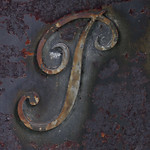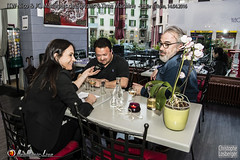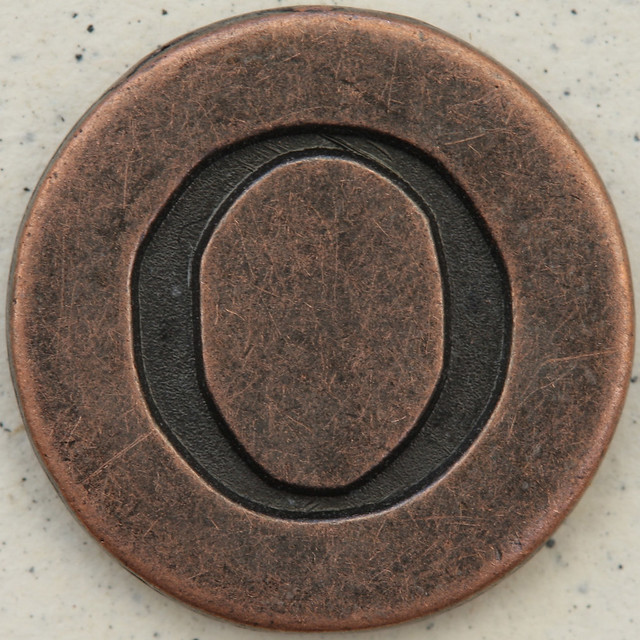Today is ANZAC Day here in Australia and New Zealand so I thought I could combine three things in one post.
 The letter N is for
The letter N is for
New Course
I have enrolled as a student in a new course HAA007 (part of the Diploma of Family History) at the University of Tasmania titled “Convict Ancestors” run by Hamish Maxwell-Stewart and his team. I have previously been involved with “Founders and Survivors” also organized with Hamish and a different team. They were looking at descendants of convicts and how their improvements in health evolved over time eg height , weight of sons, grandsons etc
So this leads to the second part of this post which is looking at the descendants of my convicts who may have served in WWI. I will need to carefully look at my database and check them out – so far I know of three in the COLGRAVE side of the tree.
Finally to the third thing in this post is a link I found on another facebook group which is about a special blog post for Military Monday and relating to ANZAC Day. For those searching for information on their soldiers in WWI, check out the great links in that blog post.
So now let’s start the true part of the post. My convicts and their descendants who served in WWI:
Francis COL(E)GRAVE:
Great grandson – Private Roy Graham COLGRAVE who I have researched carefully and already written a post about his life in WWI. His records are in the National Archives of Australia SERN 5996 – 56 pages
Grandson – William COLGRAVE – SERN 834 – 66 pages
Grandson – Walter COLGRAVE – SERN Depot – 20 pages
Great grandson – Walter William COLGRAVE – SERN T9050 – 15 pages
Great grandson – Tasman Allan COLGRAVE – SERN 1060 – 33 pages
Great grandson – Angus Colin COLGRAVE – no digitised record yet
William TEDMAN
Grandson – Edward James TEDMAN – SERN 6096 – 37 pages
John ENGLAND
Grandson? – Edward ENGLAND – is this Vivian Edward ENGLAND? – SERN 2177 – 16 pages
I haven’t researched the BOYD side of the tree enough to know the grandsons and great grandsons who might be mentioned in the Discovering ANZACs website.
Readers: Please leave a comment about my post or something beginning with N that relates to your family history or your research.





